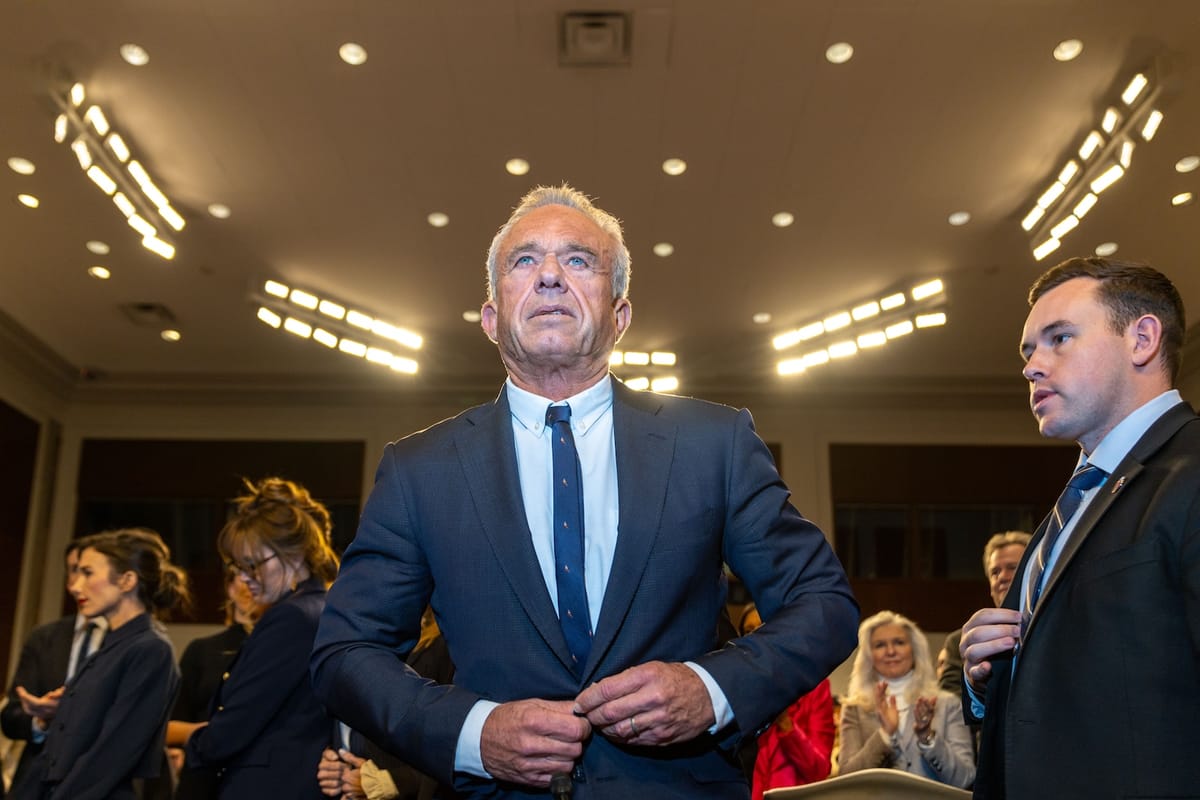

Sweeping Changes at HHS Begin
Health and Human Services Secretary Robert F. Kennedy Jr. has launched a dramatic restructuring of the department, announcing the termination of 20,000 positions—nearly a quarter of its workforce—as part of a broader mission to refocus on America’s chronic disease crisis. The cuts, revealed on March 27, 2025, reduce the HHS staff from 82,000 to 62,000, with half of the reductions coming through voluntary buyouts and early retirements, and the other half through layoffs. 'We are realigning the organization with its core mission to reverse the chronic disease epidemic,' Kennedy stated, emphasizing a shift toward addressing root causes of health issues over bureaucratic expansion. The overhaul also includes closing half of the department’s regional offices, dropping from 10 to five, to streamline operations.
New Division to Lead Health Reform
A centerpiece of Kennedy’s plan is the creation of the Administration for a Healthy America (AHA), a new division that consolidates offices dealing with addiction, toxic substances, and occupational safety into a single entity. This move aims to centralize efforts to tackle environmental factors contributing to chronic illnesses, with a focus on ensuring access to safe food, clean water, and reduced exposure to toxins. The restructuring also consolidates 28 HHS units into 15 new divisions, a strategic effort to eliminate redundancy and enhance efficiency. Kennedy’s vision, dubbed 'Make America Healthy Again,' seeks to address the nation’s health challenges head-on, prioritizing prevention over treatment.
Impact on Key Agencies
The cuts hit several HHS agencies hard, with the Food and Drug Administration (FDA) losing 3,500 employees, though the department insists that drug, medical device, and food reviewers, as well as inspectors, will remain unaffected. The Centers for Disease Control and Prevention (CDC) will see 2,400 positions eliminated, with a refocused mission on fighting epidemics rather than broader public health initiatives like autism surveillance. The National Institutes of Health (NIH) faces a reduction of 1,200 employees, a lighter cut than some had feared after reports of potential deeper slashes. Meanwhile, the Centers for Medicare and Medicaid Services (CMS) will lose 300 staffers, with assurances that Medicare and Medicaid services for their 138 million enrollees will not be impacted.
Targeting Administrative Bloat
Kennedy’s restructuring zeroes in on administrative roles, with layoffs primarily affecting positions in human resources, information technology, procurement, and finance, especially in high-cost regions. The goal is to eliminate roles deemed redundant or duplicative across HHS and other federal agencies, saving an estimated $1.8 billion annually. This aligns with the broader Trump administration’s push to shrink federal bureaucracy, a mission championed by Elon Musk’s Department of Government Efficiency (DOGE). By focusing on administrative efficiency, Kennedy aims to redirect resources toward frontline health initiatives that directly benefit Americans struggling with chronic conditions like diabetes and obesity.
Public Health Community Reacts
The announcement has sparked mixed reactions within the public health community. Some officials at the CDC and NIH expressed relief that the cuts were not as severe as anticipated, but others remain in the dark about specific impacts on their programs. The CDC’s shift away from areas like environmental health and HIV prevention has raised concerns among advocates, though Kennedy insists the agency’s core mission of epidemic response will be strengthened. The restructuring reflects a broader conservative critique of federal health agencies, which have faced scrutiny for their scope and effectiveness in addressing America’s health crises.
A New Era for American Health
Kennedy’s bold overhaul of HHS signals a seismic shift in how the federal government approaches public health, prioritizing efficiency and prevention over bureaucratic sprawl. By slashing jobs and refocusing resources, the administration aims to tackle the chronic disease epidemic that has plagued the nation for decades. While challenges remain in implementing these changes without disrupting essential services, the restructuring offers a chance to rebuild a health system that puts Americans’ well-being first, free from the weight of administrative excess.
Dues are $12 per year. Member benefits:
✅ Ad-Free Website Viewing
✅ Advocacy for Republican Seniors
✅ 120+ Senior Discounts
✅ Member Only Newsletters